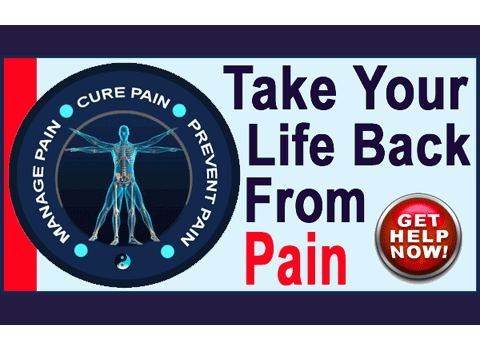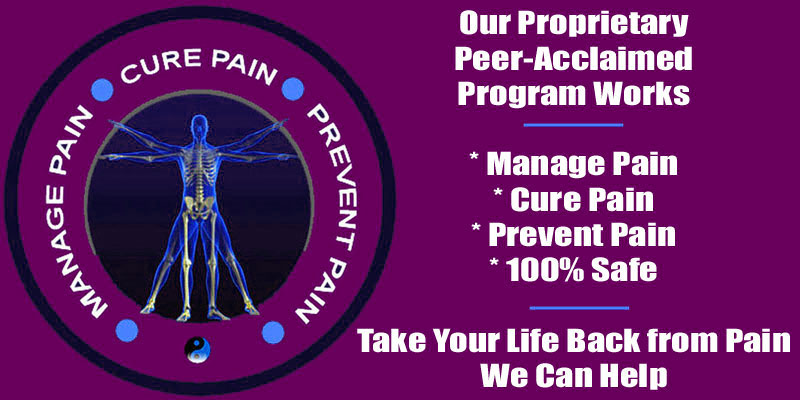
Kyphoscoliosis is a particular designation of atypical lateral spinal curvature also involving changes in the thoracic sagittal curvature. All forms of scoliosis might influence the sagittal spinal curvatures, including the lumbar lordosis, the thoracic kyphosis and the cervical lordosis. However, this name is given to scoliosis conditions that also create hyperkyphosis in the thoracic spine.
What are the specific attributes of these conditions that make them so noteworthy? What care must be taken to ensure patient safety when scoliosis also increases the degree of forward kyphosis in the middle and upper back regions? These are important questions which will be answered during the course of this dialog.
This article covers kyphoscoliosis conditions. We will define these specific types of atypical spinal curvatures and profile them. We will also provide case-specific advice for patients, as well as for care providers regarding their successful management.
Kyphoscoliosis Defined and Explained
Scoliosis always involves an atypical side to side (lateral) curvature of the spine. However, many cases also involve atypical changes to the sagittal curvature, as well. Normally the spine curves gentle in a lordotic curve in the neck, a kyphotic curve in the upper back and a lordotic curve in the lower back. This means that the open end of the curvature faces rearwards in the neck and lower back and faces front in the upper back. Thoracic kyphosis is the only spinal curvature that is congenital and present upon birth. The other spinal curvatures develop later.
When some factor causes an increase in the degree of curvature expressed in the thoracic region, the condition is known as hyperkyphosis. Since this hyperkyphosis is directly caused by scoliosis, the name of the condition is combined into kyphoscoliosis. This diagnosis means that the spine is not only irregularly curved from side to side, but also is irregularly shaped in the thoracic region in the sagittal plane, as well, migrating forward into the chest cavity, typically unilaterally.
Kyphosis + Scoliosis Symptomology
Kyphoscoliosis is no different than any other type of atypical side to side spinal curvature. It is most likely not going to present any symptomatic issues in its more conservative forms and this fact extends into its moderate manifestations, as well. Pain is unlikely to be present in most of these minor cases. However, there are some unique attributes to kypho versions of scoliosis that might create symptomology of a potentially serious nature:
Cases that are expressed early in life can influence the development of the heart and lungs. In some cases, children might have deficiencies in cardio and or pulmonary capacity due to smaller than typical size of the heart and /or lungs and/or diminished functionality.
Cases that reach a significant severity at any age can actually structurally compress the heart and/or lungs, limiting their ability to perform correctly. Minor to moderate manifestations may inhibit physical functionality, increase fatigue and limit the person in many ways. More dire cases will actually compress these organs to the point of dysfunction and can even kill the patient if not corrected surgically.
Kyphoscoliosis Treatment
Kyphoscoliosis of significant degree is one of the most often treated spinal curvatures using dramatic surgery. This surgery is often deemed to be medically necessary to preserve life when the heart or lungs face direct compression threat. Spinal fusion using reinforcing hardware is the only surgical option, although the surgery is custom-tailored to meet the needs of each patient and often also involve other add-on techniques like discectomy, foraminotomy, laminectomy and corpectomy.
For cases that can be conservatively managed, physical therapy is often helpful to build the heart and lung capacity, despite the curvature impinging on these organs. Bracing is largely not effective for the treatment of such significant curvatures, although a brace might be used in younger patients in an effort to prevent the curvature from worsening as the child grows.





